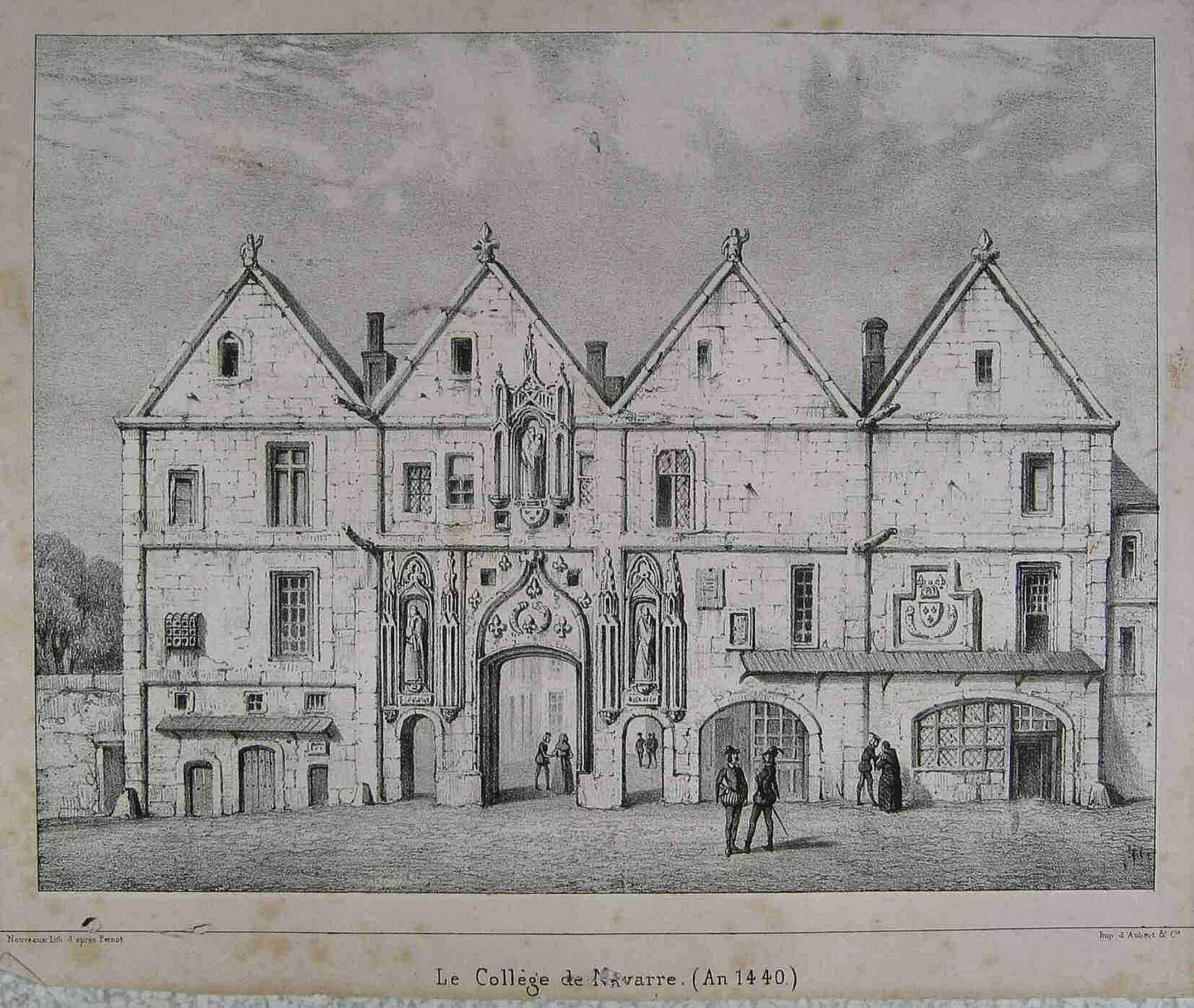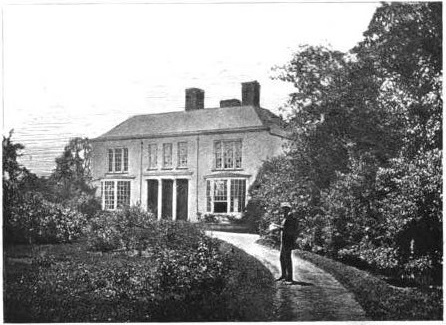|
Peter Flood
Peter Flood was an Irish priest and educator. A native of Legan, Co. Longford, Flood received his seminary education in Paris, gaining an MA(1774) and LTh(1780). Dr Flood became Professor of Theology, first, at the College de Navarre and later the College des Lombards, as the Irish College in Paris was based at. Dr Flood was in Paris during the September Massacres of 1792 and narrowly escaped death; he returned home and became Parish Priest of Edgeworthstown, Co. Longford. He served as President of St. Patrick's College, Maynooth from 1798 to 1803, where he worked on the development of the College during its formative years and the upheaval of the 1798 Rebellion The Irish Rebellion of 1798 ( ga, Éirí Amach 1798; Ulster Scots dialect, Ulster-Scots: ''The Hurries'') was a major uprising against British rule in Ireland. The main organising force was the Society of United Irishmen, a Irish republicanism, .... [...More Info...] [...Related Items...] OR: [Wikipedia] [Google] [Baidu] |
College Of Navarre
The College of Navarre (french: Collège de Navarre) was one of the colleges of the historic University of Paris, rivaling the Sorbonne and renowned for its library. History It was founded by Queen Joan I of Navarre in 1305, who provided for three departments, the arts with 20 students, philosophy with 30 and theology with 20 students. The queen bequeathed part of her fine ''hôtel de Navarre'' in rue Saint André des Arts, together with lands generated rents of 2000 ''livres'' p.a. in her counties of Champagne and Brie. Her trustees decided to sell the Paris property and acquire an ample plot on the Montagne Sainte-Geneviève (rue de la Montagne-Sainte-Geneviève / rue Descartes), right in the Latin Quarter, and build the college anew. The first stone, laid 12 April 1309, was for the college chapel. Provision was made also for the scholars' support, 4 Paris sous weekly for the artists, 6 for the logicians and 8 for the theologians. These allowances were to continue until the g ... [...More Info...] [...Related Items...] OR: [Wikipedia] [Google] [Baidu] |
Irish College In Paris
The Irish College in Paris (french: Collège des Irlandais, links=no, la, Collegium Clericorum Hibernoram) was for three centuries a major Roman Catholic educational establishment for Irish students. It was founded in the late 16th century, and closed down by the French government in the early 20th century. From 1945 to 1997, the Polish seminary in Paris was housed in the building. It is now an Irish cultural centre, the . Foundation The religious persecution under Elizabeth and James I lead to the suppression of the monastic schools in Ireland in which the clergy for the most part received their education. It became necessary, therefore, to seek education abroad, and many colleges for the training of the secular clergy were founded on the continent, at Rome, in Spain and Portugal, in Belgium, and in France.Boyle, Pat ... [...More Info...] [...Related Items...] OR: [Wikipedia] [Google] [Baidu] |
September Massacres
The September Massacres were a series of killings of prisoners in Paris that occurred in 1792, from Sunday, 2 September until Thursday, 6 September, during the French Revolution. Between 1,176 and 1,614 people were killed by ''fédérés'', guardsmen, and ''sans-culottes'', with the support of gendarmes responsible for guarding the tribunals and prisons, the Cordeliers, the Committee of Surveillance of the Commune, and the revolutionary sections of Paris. With widespread fear that foreign and royalist armies would attack Paris, and that the imprisoned Swiss mercenaries would be freed to join them, on 1 September the Legislative Assembly called for volunteers to gather the next day on the Champs de Mars. On 2 September, around 1:00 pm, Georges Danton delivered a speech in the assembly, stating: "We ask that anyone refusing to give personal service or to furnish arms shall be punished with death. The bell we are about to ring... sounds the charge on the enemies of our country." ... [...More Info...] [...Related Items...] OR: [Wikipedia] [Google] [Baidu] |
Edgeworthstown
Edgeworthstown or Mostrim () is a small town in County Longford, Ireland. The town is in the east of the county, near the border with County Westmeath. Nearby towns are Longford 12 km to the west, Mullingar 26 km to the east, Athlone 40 km to the south and Cavan 42 km to the north. Name The area was named Edgeworthstown in the 19th century after the Anglo-Irish Edgeworth family. An estate was built there by Richard Lovell Edgeworth. His family—which includes Honora Sneyd (his second wife), writer and intellectual Maria Edgeworth, botanist Michael Pakenham Edgeworth, economist Francis Ysidro Edgeworth, and priest Henry Essex Edgeworth—lived at the estate. The area's original name was the Irish ''Meathas Troim'' or ''Meathas Truim''. This was anglicized as ''Mastrim'' or ''Mostrim'' and variants. These names continued to be used by the locals. In 1935, at the behest of the local Town Tenants' Association, Longford County Council officially changed the town ... [...More Info...] [...Related Items...] OR: [Wikipedia] [Google] [Baidu] |
County Longford
County Longford ( gle, Contae an Longfoirt) is a county in Ireland. It is in the province of Leinster. It is named after the town of Longford. Longford County Council is the local authority for the county. The population of the county was 46,634 at the 2022 census. The county is based on the historic Gaelic territory of Annaly (''Anghaile''), formerly known as Teffia (''Teathbha''). Geography Most of Longford lies in the basin of the River Shannon with Lough Ree forming much of the county's western boundary. The north-eastern part of the county, however, drains towards the River Erne and Lough Gowna. Lakeland, bogland, pastureland, and wetland typify Longford's generally low-lying landscapes: the highest point of the county is in the north-west - Carn Clonhugh (also known as Cairn Hill or Corn Hill) between Drumlish and Ballinalee in the parish of Killoe, at . Cairn Hill is the site of a television transmitter broadcasting to much of the Irish midlands. In the list o ... [...More Info...] [...Related Items...] OR: [Wikipedia] [Google] [Baidu] |
Irish Rebellion Of 1798
The Irish Rebellion of 1798 ( ga, Éirí Amach 1798; Ulster-Scots: ''The Hurries'') was a major uprising against British rule in Ireland. The main organising force was the Society of United Irishmen, a republican revolutionary group influenced by the ideas of the American and French revolutions: originally formed by Presbyterian radicals angry at being shut out of power by the Anglican establishment, they were joined by many from the majority Catholic population. Following some initial successes, particularly in County Wexford, the uprising was suppressed by government militia and yeomanry forces, reinforced by units of the British Army, with a civilian and combatant death toll estimated between 10,000 and 50,000. A French expeditionary force landed in County Mayo in August in support of the rebels: despite victory at Castlebar, they were also eventually defeated. The aftermath of the Rebellion led to the passing of the Acts of Union 1800, merging the Parliament of Ireland ... [...More Info...] [...Related Items...] OR: [Wikipedia] [Google] [Baidu] |




